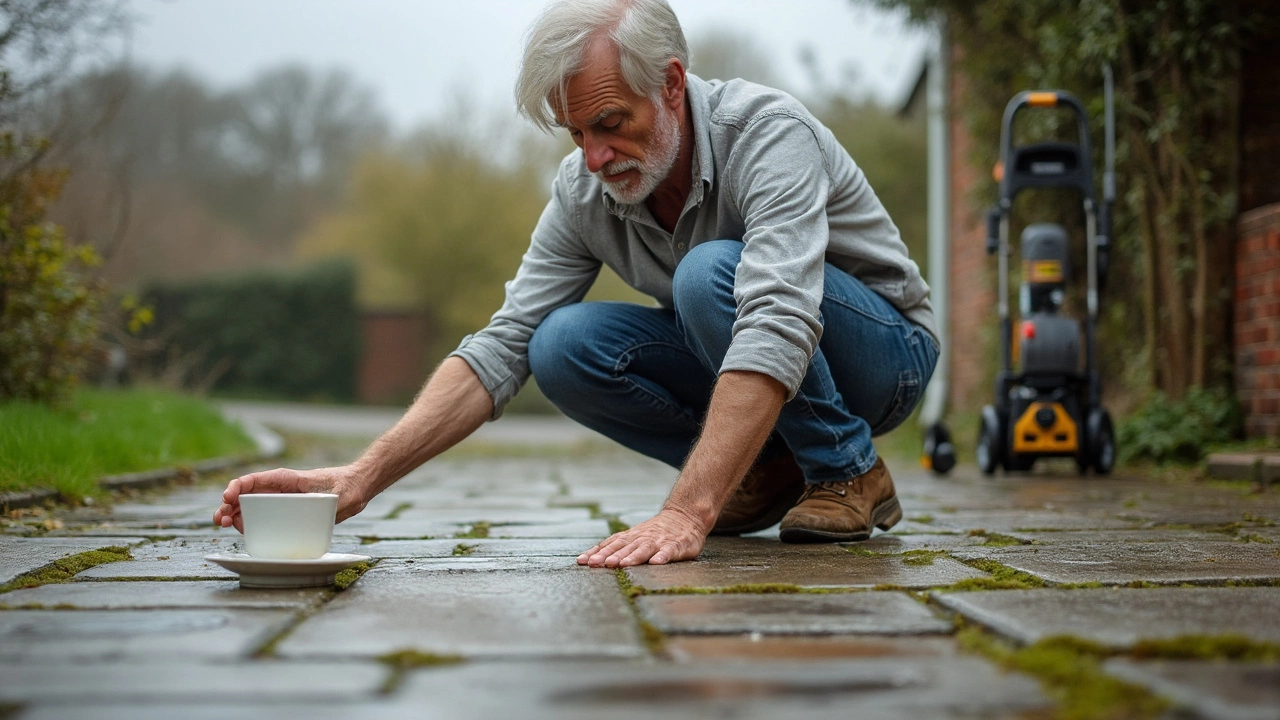3500 PSI Pressure Washing: When to Use It and How to Get the Best Results
If you own a power washer, you’ve probably seen the 3500 PSI rating and wondered if it’s the right tool for your next cleaning project. The short answer: it’s a solid middle ground—strong enough for most exterior jobs but gentle enough to avoid damage when used correctly.
In this guide we’ll break down exactly when 3500 PSI shines, how to set it up, and the safety steps you should follow every time you plug it in. By the end you’ll have a clear plan, no guesswork, and a cleaner house or driveway.
When to Use 3500 PSI
3500 PSI works well on hard surfaces that need a decent amount of force without being overly harsh. Think of concrete driveways, brick patios, wooden decks (with the right nozzle), and siding that’s built to take a bit of pressure. It’s also a good match for removing stubborn oil stains, mildew, and years of dirt buildup.
Don’t reach for 3500 PSI on delicate surfaces like painted wood trim, thin vinyl siding, or old stucco. Those materials can chip or strip paint if the spray is too strong. In those cases a lower PSI unit—around 1500‑2000—will do the job safely.
Another factor is the water flow rate, measured in gallons per minute (GPM). A 3500 PSI unit with 2.5 GPM offers a balanced cleaning power. If you have a higher GPM, you’ll get faster rinsing, but you also need to watch for runoff and water usage.
Tips for Safe and Effective Cleaning
1. Pick the right nozzle. A 25-degree nozzle gives a good mix of pressure and coverage for most jobs. Switch to a 40-degree nozzle for softer cleaning on wood or a 0-degree for spot‑treating tough stains.
2. Start low, go high. Begin with the widest nozzle setting and move the wand close to the surface—about 12‑18 inches away. If the dirt isn’t lifting, step closer or change to a tighter nozzle.
3. Keep the wand moving. Holding the spray in one spot for too long can etch the material. A smooth, sweeping motion prevents streaks and damage.
4. Protect yourself. Wear goggles, water‑proof gloves, and non‑slip shoes. The spray can launch debris at high speed, and the water pressure itself can cause injury if it hits skin.5. Test a hidden area first. Before you clean the whole deck, spray a small, out‑of‑sight spot. If the finish holds up, you’re good to go.
6. Mind the chemicals. If you add detergent, use a low‑foaming, pressure‑washer‑safe formula. Too much soap can clog the pump, and some chemicals can damage surfaces if left on too long.
7. Watch the runoff. Run water away from garden beds, doors, and windows. A hose extension can help direct the flow to a safe drainage spot.
When you finish, turn the machine off before unplugging and release any remaining pressure by pulling the trigger until the spray stops. This protects the pump and prolongs the life of your equipment.
In short, 3500 PSI is a versatile power level that covers most home exterior cleaning tasks. Pair it with the right nozzle, keep the wand moving, and follow basic safety steps, and you’ll get a sparkling result without costly repairs.
Ready to try it out? Grab your washer, set the pressure, and start with a gentle pass. You’ll see dirt lift away quickly, and you’ll know exactly how much power your project needs. Happy cleaning!

Will 3500 PSI Damage Concrete? Pressure Washing Facts You Need to Know
Ever wondered if a 3500 PSI pressure washer could wreck your driveway or patio? This article breaks down what actually happens to concrete under that kind of force, why PSI matters, and what you risk if you grab a powerful washer without a plan. Get practical advice for keeping your concrete safe while tackling tough grime. Real-life tips from homeowners and pros. Avoid costly mistakes with the right know-how.
Read More